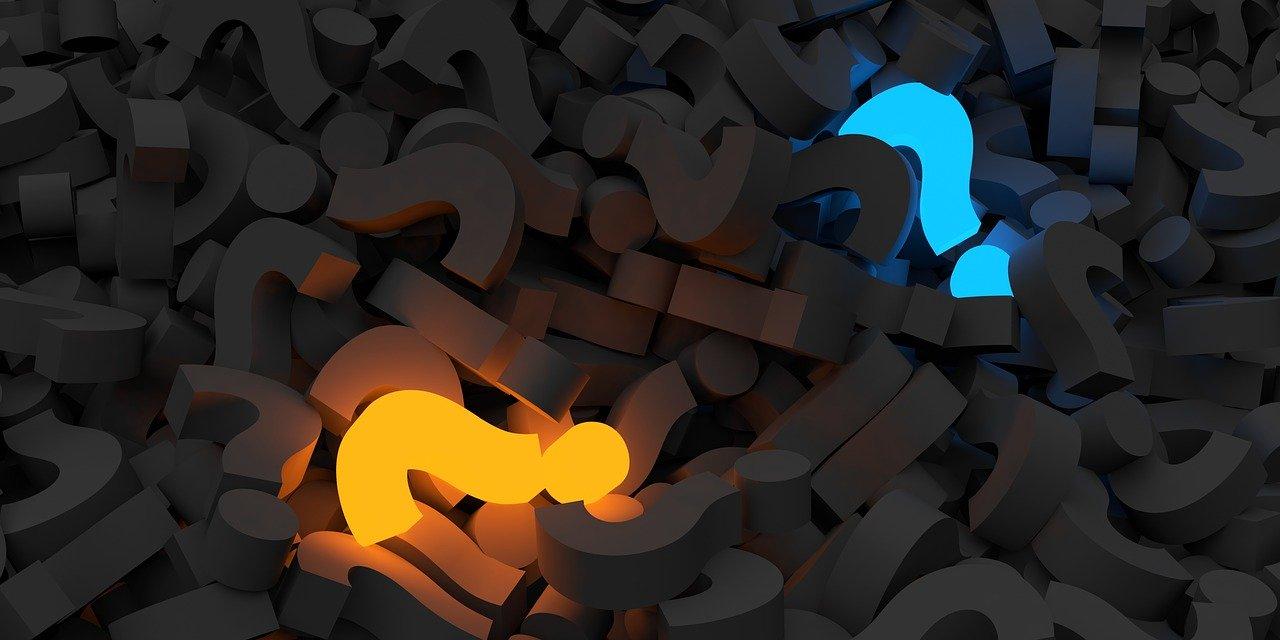DeFi is all over the crypto news lately, as its value continues to grow. From a total market cap of $275M in early 2019, DeFi passed over $5B in stored funds in August 2020. So what is DeFi, and why is everyone so excited about it?
Why you should care about DeFi
DeFi is short for decentralized finance, and it describes a modular set of dapps (decentralized apps) which can be used to conduct various financial transactions online. Unlike traditional centralized finance where your data and money are stored in silos controlled by private or government banks, DeFi stores the information on a blockchain. The rules of financial transactions are controlled by smart contracts, and useful information about market conditions and coin prices are often transmitted by oracle networks, which provide smart contracts with data that isn’t stored on their blockchain.
You should care about DeFi if you’ve ever felt concerned about the control that your bank has over your money. If you’ve ever found your account frozen for “suspicious” behavior (while you were simply on holiday), or had to jump through hoops just to transfer money from one account or another, or were shocked by the cost of sending money to a loved one in another country, then you probably understand the desire to have more control over your money.
What is DeFi doing to give users more control over their finances? It’s lowering the bar to entry to many forms of investment, such as real estate. It’s removing human bias from the equation, ensuring that you don’t get a worse interest rate or refused service due to your race, gender, age, or the area where you live. It’s giving people in unbanked and underbanked areas (both remote and urban) easier access to the financial tools they need. It’s giving users the ability to vote on the direction that the platform takes, in order to best serve the interests of the users, rather than some corporation.
What is DeFi currently offering users
DeFi is still a young industry. While its growth has been meteoric, that $5B+ is still just a tiny fraction of the money in the world, or even in the crypto economy. However, it is growing and changing every day, as new platforms arise to present new offerings to users.
Decentralized financial instruments include lending and borrowing, token trading, synthetic assets and derivatives, insurance (both for crypto assets and against real-world issues such as hurricanes and flight delays), investing in tokenized assets, and various forms of payments.
At this stage, DeFi is primarily an economy designed for people who already have crypto assets to experiment with new ways to put those assets to work. Lending out cryptocurrency allows users to earn interest on any crypto they’re not actively using. Borrowing from those lending pools allows users to use their crypto as collateral for a loan. Decentralized payment options make it easy for anyone to send crypto to anyone else.
That last use case, however, is the one that might be the most approachable for new users. Decentralized payments, especially those that are based off of something like a user’s Twitter handle, make it very easy to handle small social transactions, such as paying a friend back for your share of the pizza or tipping an online performer or showing your appreciation for the research someone put into their enlightening Twitter thread on current issues.
What are the risks of DeFi?
While DeFi offers exciting possibilities, it also has some significant risks. DeFi platforms have suffered numerous attacks, from hacks to manipulation of market conditions. These can result in the loss of funds, or in a significant decrease in the value of your tokens. The DeFi economy is susceptible to volatility, just like most of the crypto industry. Some traders make this work for them, while others end up on the wrong side of the equation.
There is also still significant regulatory uncertainty surrounding decentralized finance. Just as governments and financial institutions have been reluctant to embrace cryptocurrencies, due to how these assets erode their current control over the financial industry, there has been significant resistance to the concept of decentralizing other financial instruments.
The DeFi industry has also attracted its share of scammers. The more money comes into the DeFi market, the more dishonest people see an opportunity ripe to be taken advantage of.
None of this is to say that you shouldn’t get involved in DeFi. We just want to encourage people to, as always, do their own due diligence and exercise caution. As with any investment or trading venture, do not commit any assets to DeFi that you are not ready to lose! Make sure that you understand the dapp that you’re using -- what the potential risks and rewards are and the basics of how it works. If a dapp doesn’t provide good, user-friendly documentation, and you don’t have the technological know-how to understand their white paper or explore their Github, it may not be the right platform for you right now.
The Future of DeFi
What is DeFi going to look like in a year, or 5 years, or 10 years? It’s hard to say. Every day brings new developments in the industry, so it’s almost impossible to predict. Our hope is that legislators and regulators will craft laws that allow DeFi to thrive, and that over the next few years we’ll see mass adoption as more and more people look for alternatives to the old fashioned centralized banks which no longer serve their needs.
If you want to learn more about DeFi, check out our DeFi Guide.

